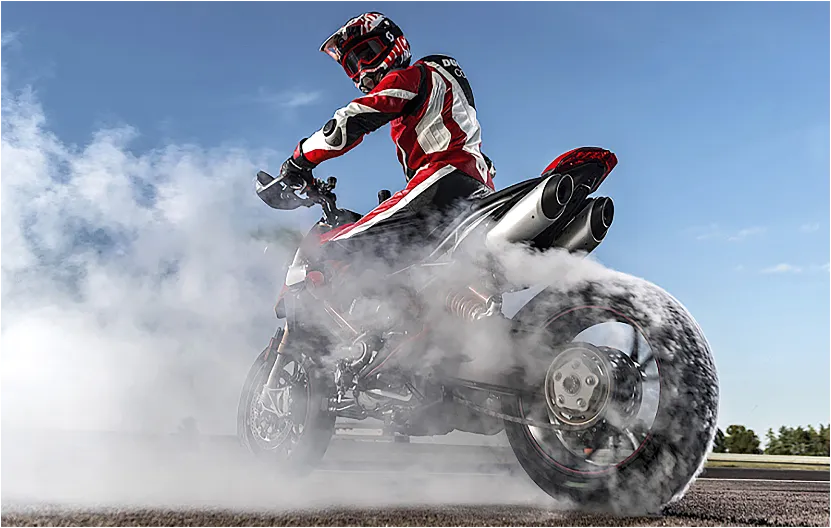making paint with mica powder
Making Paint with Mica Powder A Creative Guide
Mica powder, a naturally occurring mineral, has gained popularity in the world of arts and crafts for its vibrant colors and shimmering effects. Unlike traditional paint, which can sometimes be toxic or contain harmful chemicals, mica powder offers a non-toxic, eco-friendly alternative that is perfect for creating beautiful artwork. In this article, we will explore how to make paint using mica powder, providing you with a creative outlet and a unique way to express yourself.
What is Mica Powder?
Mica is a group of silicate minerals that is composed of tiny sheet-like crystals. When ground into a fine powder, mica can produce a stunning array of colors and effects, from iridescent gleams to metallic finishes. This versatility makes mica powder an ideal ingredient for various applications, including cosmetics, crafts, and, of course, paint.
Materials Needed
To make your own mica powder paint, you will need the following materials
1. Mica Powder Choose a variety of colors to create a palette that suits your project. 2. Binder This can be water, acrylic medium, or a vegan alternative like soy milk. The binder helps the mica powder adhere to surfaces. 3. Mixing Tools You will need containers for mixing, a palette knife or spoon, and possibly a whisk or an electric mixer for thorough blending. 4. Water If you are using a water-based binder, water will be necessary for mixing. 5. Palette or Paper A surface to create your art on, whether it be canvas, watercolor paper, or even a wooden panel.
Step-by-Step Guide to Making Mica Paint
1. Preparation Begin by organizing your workspace. Lay out all your materials in a clean, dry area to prevent any contamination of your mica powder.
making paint with mica powder

2. Mixing Mica Powder Start with approximately one tablespoon of mica powder in your mixing container. You may adjust the amount based on how much paint you want to make. The more mica powder you use, the more vibrant and opaque your paint will be.
3. Adding the Binder Gradually add your chosen binder to the mica powder. Start with a small amount, like one teaspoon, and blend it in with your mixing tool. The consistency you want depends on the type of project you’re working on—thicker for impasto techniques and thinner for washes.
4. Blending Continue to add more binder slowly and mix until you achieve a smooth, paint-like consistency. If using water, be cautious not to oversaturate; a little can go a long way! If the mixture is too thick, add more binder, and if it’s too thin, incorporate more mica powder.
5. Experimentation One of the beauties of working with mica powder is the ability to create unique colors and effects. You can mix different colors of mica powder together to develop your own shades. Test out these combinations on a separate piece of paper to see how they interact.
6. Application Once your paint is ready, you can apply it using brushes, sponges, or even your fingers. For a layered effect, allow each layer to dry before adding another. Mica powder paints dry quickly, making it easy to build up textures and designs.
Tips for Using Mica Paint
- Sealing If you want your creation to last, consider sealing your artwork with a clear acrylic spray or varnish once it’s dry. This will help protect the shine of the mica while ensuring longevity. - Cleaning Up Mica powder can be a bit messy, so be sure to clean your workspace and tools promptly. Use soap and water to remove any residue from your mixing tools.
Conclusion
Making paint with mica powder is a simple and rewarding process that opens up numerous creative possibilities. Whether you’re a seasoned artist or a passionate hobbyist, experimenting with mica paints can enhance your artistic endeavors while being environmentally friendly. So gather your materials, unleash your creativity, and let the shimmer of mica powder transform your artwork into something truly special.
-
Transforming Surfaces with Mica-Enhanced Paints in Coatings and DecorationNewsJul.02,2025
-
The Ultimate Guide to Mica-Based Luminous Colors with Pearlescent PigmentNewsJul.02,2025
-
The Critical Role of Mica in Industrial Applications in Welding and Oil FieldsNewsJul.02,2025
-
Revolutionizing Automotive Aesthetics with Modified Plastics Pearlescent PigmentsNewsJul.02,2025
-
The Secret with Mica Powder for Cosmetics Behind Radiant, Natural MakeupNewsJul.02,2025
-
Enhancing Performance in Polymer Applications with Mica Powder for RubberNewsJul.02,2025
Products categories









